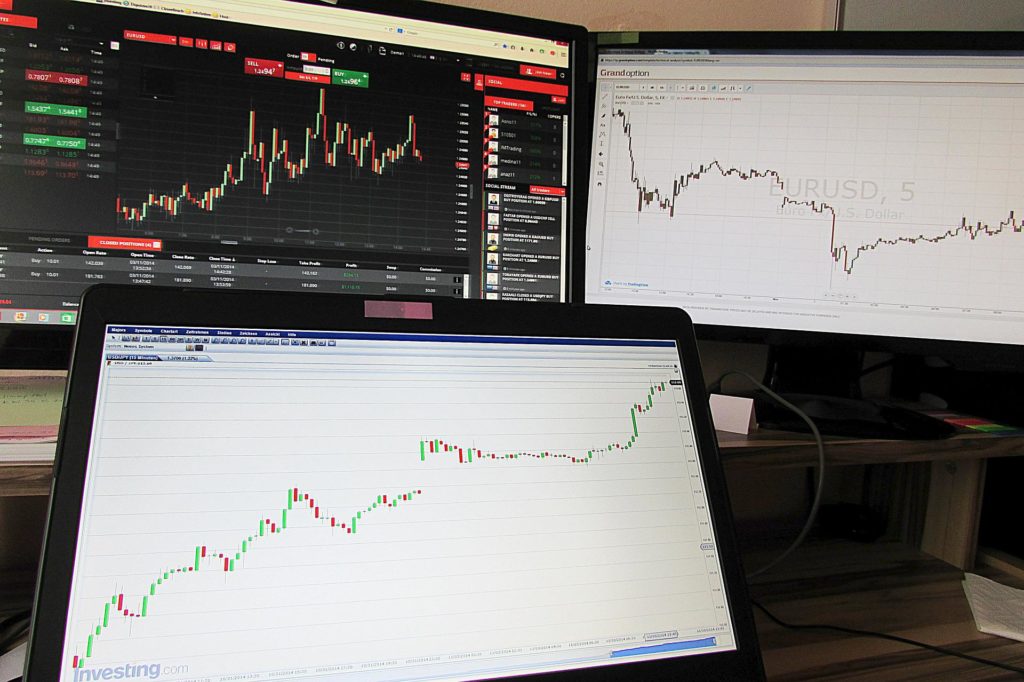Good news for everyone involved in online business: The selling price of digital assets has skyrocketed! Since 2021, website trading has grown from a niche market to a serious seller’s market – with huge growth potential. Forecast: Even those who have so far invested exclusively in real estate will (soon) start thinking about trading in digital assets.
Empire Flippers, one of the largest U.S. sales platforms for content-driven assets according to Flippa, has documented current trends in digital asset trading in their 125-page “State of Industry Report.” They expect e-commerce to grow rapidly, SaaS companies to increase, and more and more assets to grow into the 8-figure range. In this article, we summarize what buyers and sellers should know.
Website sales price increased by over 100%
According to Empire Flippers’ industry report, the average selling price of digital assets such as blogs and e-commerce businesses increased 73% in 2020 compared to 2019. Compared to 2018, even by 131%.
One major reason for this is obvious: the Corona pandemic. Although it has now been (almost) forgotten, many people’s lifestyles and consumer behavior have shifted to the Internet – and experts believe that this will be permanent. On the one hand, the pandemic did not give rise to online shopping, but merely helped to boost the existing market. On the other hand, Corona has also brought online shopping to older members of the population, who have now overcome their initial reservations and become familiar with the benefits.
These asset types are currently selling particularly well
The best selling asset groups, according to the Empire Flippers report, are as follows:
Rank 1: Content pages monetized through Amazon Affiliate Program (Amazon Partner Program)
Rank 2: Content pages monetized via display advertising (banner advertising, etc.)
Rank 3: Content pages monetized via other affiliate programs (affiliate links with commission)
Rank 4: Amazon FBA seller (“Fulfillment by Amazon”; i.e. the entire logistical handling (storage, delivery, returns, customer service) lies with Amazon. The seller only takes care of the product and advertising).
Rank 5: Content pages monetized via info products (eBooks or paid memberships)
Rank 6: Amazon KDP (“Kindle Direct Publishing”, self-publishing e-books and paperbacks)
Rank 7: SaaS ventures (“Software as a Service”; IT service provider offers software to customers who use it as a service)
Content websites are high in demand
Around 51% of all websites sold on Empire Flippers are content sites, most of which generate their revenue through the Amazon affiliate program.
Content websites are appealing to a small group of buyers because they involve a clear business model. Unlike an online store, where you have to take care of goods, orders and customer service, a content website is easier to manage. Furthermore, buyers can easily target a large audience through it.
Current is a good time to sell a content-driven website.
E-commerce only accounts for around 38% of sales, and these are mainly FBA sellers.
That means both Amazon Associates and Amazon FBA sellers are currently in high demand.
E-commerce sales prices increase disproportionately compared to content sites
Even though Empire Flippers sells content sites the most, according to the industry report, most of its revenue comes from e-commerce.
While the average sale price of a website in 2018 was $76,780, by 2020 it was $94,419. According to Empire Flippers, the number of 6-digit sales has increased rapidly and they even predict 8-digit numbers in the future.
In 2020, total sales at Empire Flippers were composed as follows:
approx. 78 % e-commerce websites
approx. 17 % Content websites
This compares to 2019:
approx. 65 % e-commerce websites
approx. 29 % Content websites
and in 2018:
approx. 56 % e-commerce websites
approx. 34 % Content websites
